Artnet Auctions
Painter Adam Sultan on Why He Takes ‘My Kid Could Do That’ as a Compliment
Vibrant works by the abstract painter will be available for immediate purchase on Artnet's Buy Now platform for one week only.
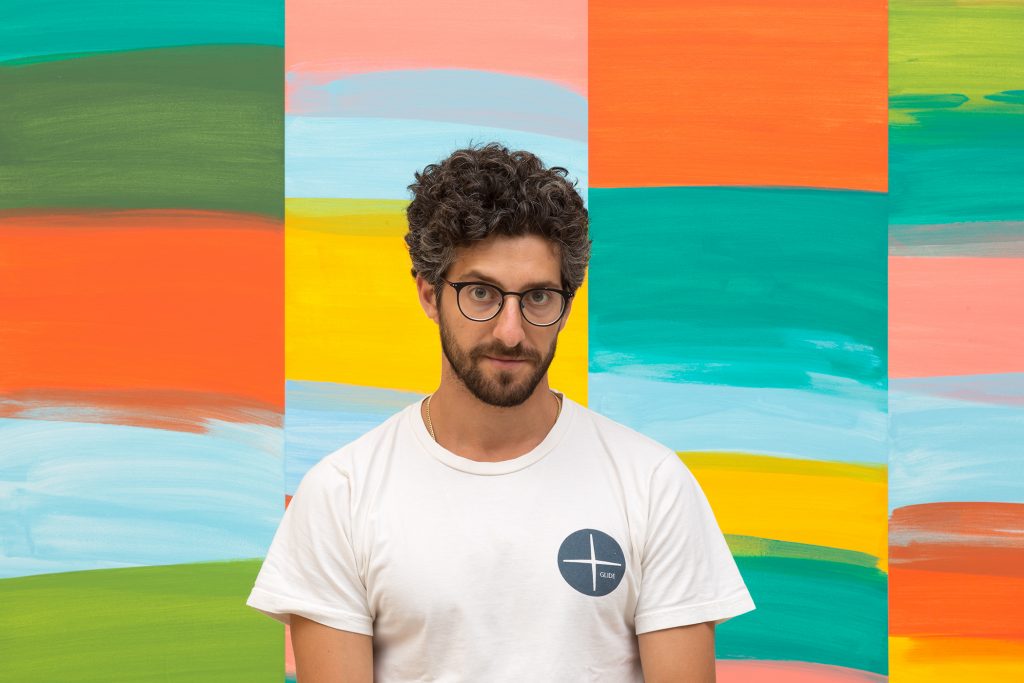
Vibrant works by the abstract painter will be available for immediate purchase on Artnet's Buy Now platform for one week only.

Artnet Auctions

Adam Sultan’s colorful paintings—reminiscent of Abstract-Expressionist masters and children’s drawings alike—use repetitive, pared-down language and dazzling color to invite viewers into his particular brand of abstraction.
“I once heard Laura Owens say something like she knows a painting is successful if the viewer wants to go out and make a painting,” Sultan said. “I can’t think of any better standard. If my work transfers energy into the viewer, it’s a win.”
Artnet is proud to present “Taarof,” Sultan’s newest body of work on our Buy Now platform. For one week only, take home one of Sultan’s colorful, abstracted landscapes—no bidding required. Buy Now: Adam Sultan opens on March 3— don’t miss your chance to buy!
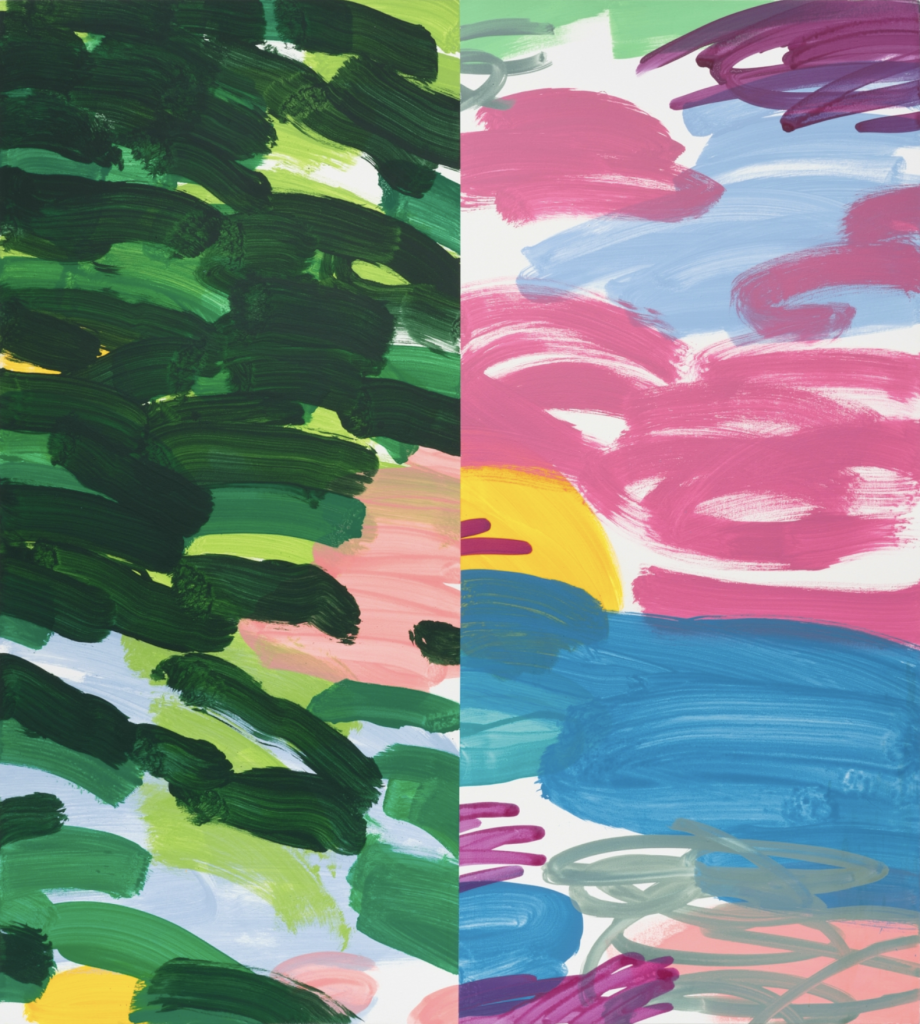
Adam Sultan, Bouba (2021). Available for immediate purchase on March 3 in Buy Now: Adam Sultan.
What was your first foray into the art world? When did you realize you wanted to be a painter?
It’s hard to say for sure. Usually, though, I feel like I knew fairly young. I drew a lot, and as the youngest in a big family, I always liked finding long stretches of time to work by myself.
My serious start came about halfway through college, when I started taking art history classes. I was having a strong reaction to the lectures, but I realized it was more of a physical, tactile reaction than an intellectual one. So I started finding ways to make art, and committed to it pretty quickly. I wasn’t enrolled in the art school, but I snuck around and carved out a curriculum for myself with the few teachers who were willing to take me on. I was surprised that this actually got me and them in a bit of trouble. From there, I went to graduate school and have been plugging along since. In a way, I’ve always expected my interests to wane or wander off in a new direction, but I’ve only gained steam over the years.
How would you describe your work and your artistic influences? Which artists most inspire the what you’re currently creating?
Some of my heroes are Ken Price, Stanley Whitney, Mary Heilmann, Blinky Palermo, Howard Hodgkin. I think they all make work that comes out of the landscape and draws on the history of Modernism while still leaving room for subjectivity, humor, improvisation and making things that, to put it sort of plainly, are fun to look at.
Coming out of that, lately I really love Nick Aguayo’s drawings, Beth Letain’s and Renee Levi’s big muscular work, and Kristy Luck and Alan Prazniak’s tender and imaginative takes on the landscape.
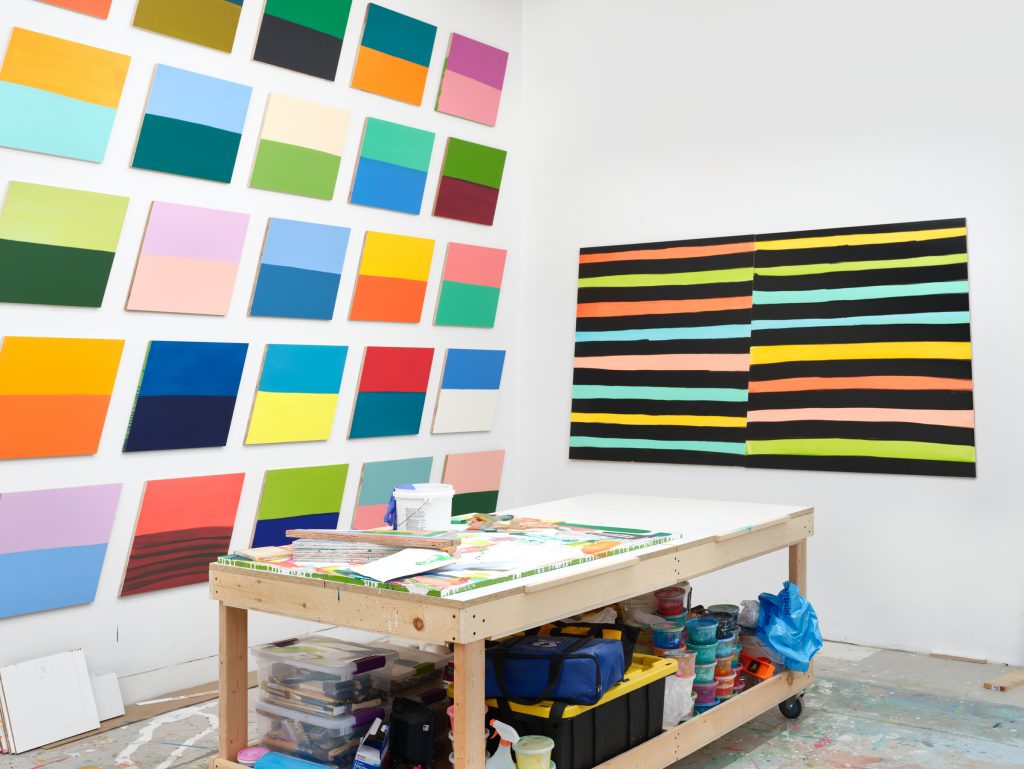
Sultan’s studio. Courtesy of Adam Sultan.
Does your work also fall into this category of landscape-derived abstraction?
For sure. That’s been true for as long as I’ve been making images. When I first learned to paint, it was a traditional school, so we looked at a lot of old French landscape painters like Cezanne, Monet, or Derain, who were all trying to describe the light of the landscape. When I ran out of specific subjects I wanted to paint a few years later, I dropped the imagery entirely but stuck with the light and space.
Within these landscapes, color and line play a major role. How do you select and pair colors, and what drives your compositions?
Color is a slippery, intuitive thing. With practice, color will start to tell you what and where it wants to be. Most of the time, instead of looking at what painting needs to be finished, my work day will start from wanting to mix up a bunch of greens or oranges, and the process will sort of take over from there. From early on, it was important to me to develop a way of working that could accommodate an intuitive approach like this. I never wanted to feel like I’m bullying my own work forward, or illustrating concepts I came into the studio with, which happens to a lot more artists than you’d think.
And I like working in the kind of abstraction I’ve found, the washy, excited marks that remind me of the kind of scribbling you do while you’re on the phone, or coloring with your kids. It’s immediately accessible, and appears easy to make. That can be freeing for the viewer, because instead of thinking of all of the labor or skill that goes into a piece of art, they are present with it, experiencing it. There is obviously skill in my work, but I don’t want that to be the subject. And the cliched criticism of “my kid could do that” never bothered me because chances are, your kid is a better artist than you are.
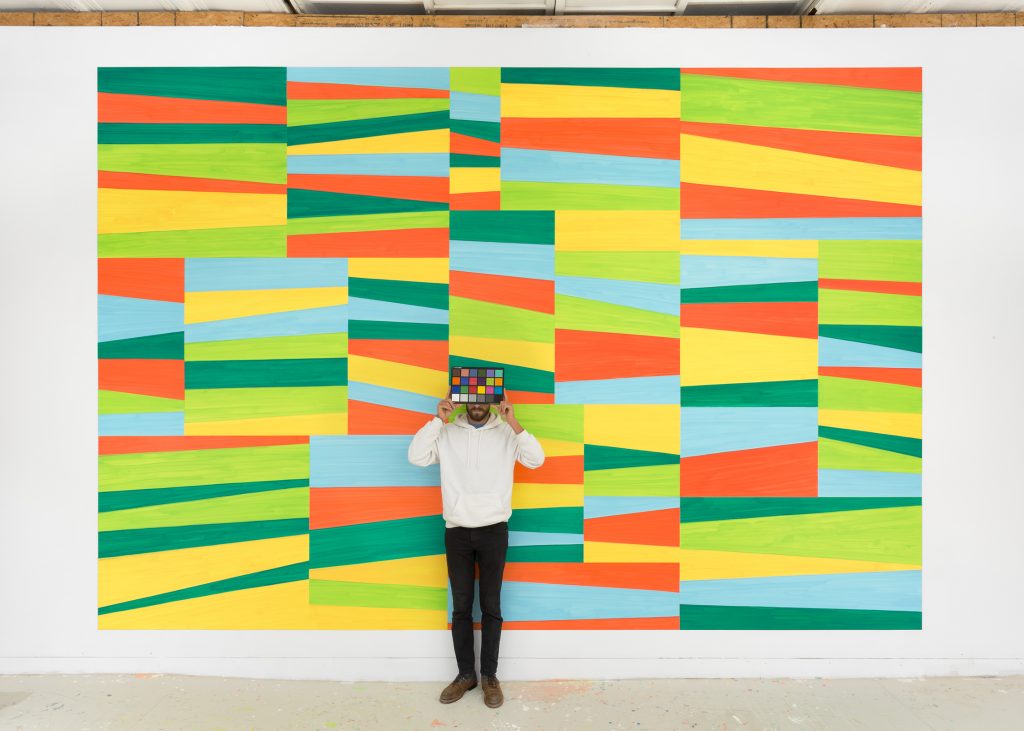
Sultan in the studio. Courtesy of Adam Sultan.
You’ve worked on a variety of scales, and had a foray into public art with Flutter, a mural at Memorial Sloan Kettering Cancer Center. What was that experience like?
I really loved it. I’ve done a few big murals, and it’s exciting to see work operate for itself out in the world. The typical life cycle of a painting goes from the studio, maybe to a show, and then to a collector’s house or storage. There’s not a lot of eyeballs on it. A mural that’s potentially hundreds or thousands of square feet operates much differently. Not only do people see it every day, they have to physically walk through it to experience it.
When you’re taking over someone’s space, you can’t just thoughtlessly enlarge what you’ve been working on for whatever venue you have. You have to work in conversation with where it’s going. You have to think civically, which can be unnatural at first. But it’s a healthy challenge to take on. [Memorial Sloan Kettering] is obviously a heavy venue, but I was humbled by the reaction I got there. A lot of the patients and staff would come by just to sit and chat with me while I was working, and many thanked me for being there. I can’t imagine a painting doing anything better than that—offering a little bit of peace or energy to people that are going through really difficult things when they see it.
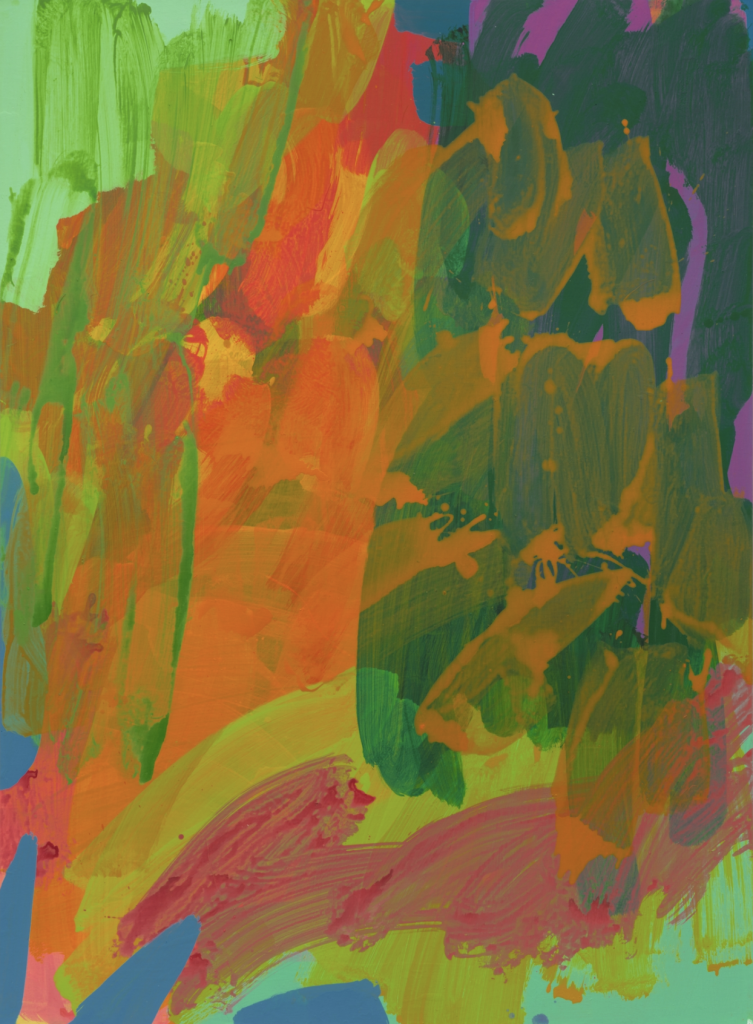
Adam Sultan, Iris, 2022. Available for immediate purchase on March 3 in Buy Now: Adam Sultan.
Your show on Artnet’s Buy Now platform is called “Taarof,” which is a Farsi word. What does Taarof mean to you and how does the title relate to the show?
Mainly it’s an homage to my Persian mother-in-law. She’s been amazing since our son was born, and most of this work wouldn’t have happened without her. But [Taarof] is this cultural notion of over hospitality, an almost competitive form of generosity. Like when someone asks for one more scoop of rice, you give them three.
My impression is that Taarof is about a back and forth, about maintaining a relationship. If I have you over for dinner, then you send me a gift the next day, and then I have to send you a gift for the gift. It gets kind of crazy, but the idea is that it’s reciprocal and never ending.
This is how I feel about painting. I want to follow every curiosity or interest to the nth degree, and have that interest call back and push me in a new direction, in a sort of call and response that builds and builds on itself, the same way any other relationship does. The more you give, the more you get back.
I also want to invite the viewer into this process, bringing them into the decision making. I find using repetitive motifs and simplified language helps. I’m showing you everything about the decisions I’m making, and you can see and participate in these decisions. You can probably look and figure out what brushes and paint I’m using also. This is true of a lot of the artists I mentioned earlier too. Art is a language that we’re all contributing to collaboratively. The more people that open up like this, the better things get in general.